As the weather starts to cool, rodents such as mice, rats, chipmunks, and squirrels attempt to find a warm place to stay well fed during the cold winter months. While these rodent pests are small, they can cause huge problems for homesteaders.
Rodents contaminate food and indoor surfaces with salmonella and a diverse array of other nasty bacteria. They also carry ticks, fleas, and other parasites into the home. Rodents that infest the home can also damage furniture and chew cables and wires, creating a fire hazard.
The United States Center For Disease Control believes that mice and rats spread more than 35 diseases worldwide. These diseases are spread through contact with rodent urine, saliva, feces, or through rodent bites. Rodent diseases are also carried to humans through the bites of mites, fleas, and ticks that have fed on an infected rodent.
Gophers In The Garden
Gophers are a serious problem for homesteaders, causing more problems than moles, voles, mice, rats, or squirrels. Gophers destroy water lines, underground utility cables, irrigation pipes, sprinkler systems, and wreak havoc in the lawn and garden.
Damage from a gopher infestation is most evident in spring and fall, when temperatures are cool and the rodents are active near the soil surface. There are more than 90 different species of gophers that create havoc and destroy crops across Central and North America.
Solitary animals with small, flattened heads, small ears, and beady little eyes, pocket gophers are hairy mammals from 6-to-16 inches long. The color of a gopher’s fur can range from black to brown, with shades of tan or white.
Pocket gophers gain their name from fur-lined pouches outside of their mouth, one positioned against the side of the jaw on each side of the face. The pockets, meant for carrying food, are capable of being turned inside out like the pockets on an old pair of jeans.
As mentioned, gophers are solitary creatures, except during breeding season and when rearing their young. Adaptive by nature to a life underground, gophers dig a burrow system that generates horseshoe-shaped mounds of soil.
These mounds are an impediment to human and animal foot traffic, and can damage passing farm equipment. However, you may not see the gophers that are tearing up your pasture, as gophers are nocturnal and feed primarily at night.
Tunneling gophers eat tree bark, seeds, bulbs, and other tuberous plants, they also damage tree and plant roots in the homestead garden. Did you know that just one adult gopher’s territory can extend up to 2,000 square feet? Not to mention, in one month the gopher can dig up more than eight tunnels, each as large as 800 feet long. Many of these tunnels are not visible to the naked eye, as they are deep under the soil surface.
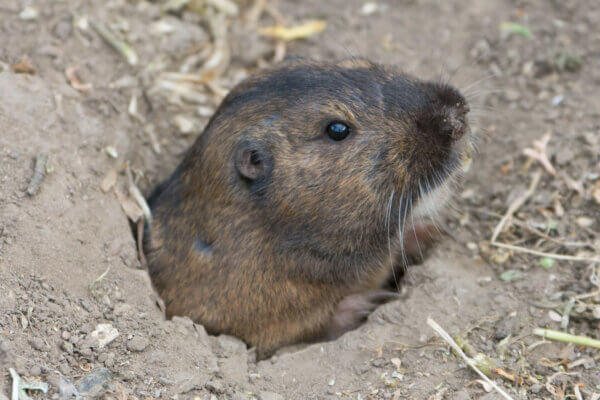
Some gardeners attempt to rid their landscape of gophers by flooding their tunnels. This method seldom works and just leads to a muddy mess.
Other savvy gardeners recommend removing the paper wrapper and dropping a stick of Juicy Fruit chewing gum down the hole. Gophers are said to love Juicy Fruit gum, but they cannot digest the gum. The gum clogs their intestines and leads to death.
Still, others remark that poison bait is the only method that works. You should never use poison bait in a location where it could be consumed by children, pets, or other wildlife.
Make sure you always follow manufacturer’s label direction.
Before using any method to eradicate gophers in your homestead, it is best to consult your local county extension office to learn about the most effective approved method for your local area. In Washington State, four different species of pocket gophers are protected under the endangered species act, and poisoning or trapping of pocket gophers is prohibited.
Voles And Moles
Voles, also known as field mice, are tiny rodent relatives of the common house mouse. There are more than 150 species of voles worldwide. While voles resemble their cousin the house mouse, voles are smaller, have a fatter body, smaller ears and eyes, and a shorter tail.
Voles, often confused with moles, are entirely different rodents. Moles dig furrows underground, creating rounded upward tunnels under the soil. Moles also only eat grubs, bugs, and earthworms. On the other hand, voles do not tunnel underground. They will, however, tunnel under the snow pack during winter months. Their pathways are the “trails” you see across your lawn come spring.
Voles have a short lifespan, living less than 12 months, but they manage to be prolific breeders during that short period. This means that an infestation can multiply quickly. Voracious herbivores, voles munch away at plant roots, tree roots, bulbs, corms, and tubers. Voles also harvest seeds and store them for times of winter famine. Repel voles by planting daffodils and marigolds around the foundation of structures or the perimeter of the garden.
Mole Repellent Recipe
To create an effective mole repellent, that’s safe for people and pets, follow these instructions:
Ingredients:
- 2 Tbs liquid dishwashing soap
- 4 oz. castor oil
- 1 gal. water
Directions:
- Combine the soap, castor oil, and water.
- Dilute one ounce of repellent mixture into one gallon of water. This gallon is enough to apply to 300 square feet of garden or lawn.
- Dilute enough repellent to cover the entire square footage of your garden or lawn.
- Apply the mixture with a garden sprayer to the affected garden or lawn.
Rats Are The Worst
A rat infestation calls for immediate action. These foul-smelling rodents quickly take up residence in walls, the basement, or the attic. Rats chewing on wiring can start fires or cause an alarm system to fail. Rats are most active at night. Listen for the sound of rats to help pinpoint their entry point into the home.
Pack rats steal shiny items and carry them back to their nest. If you are missing jewelry items, the car keys, or coins, rats may be the culprits. A cat is the best way to rid your home of rats. If you are allergic to cats, it is time to call an exterminator.
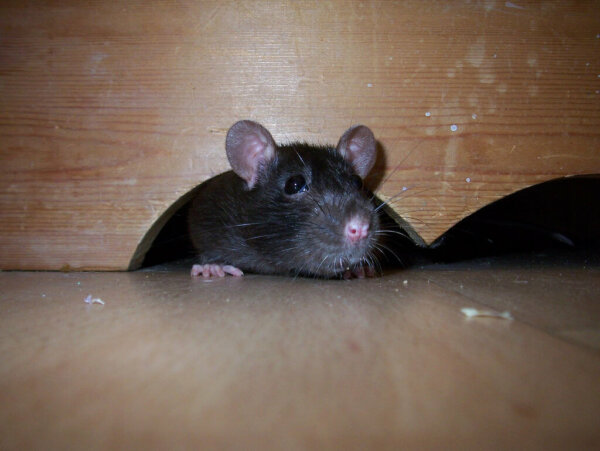
Rats are difficult to trap or manage without professional assistance, or a rat-loving cat. For every rat you see, there are likely more than a dozen more rats living inside the walls of your home. Avoid the use of toxic rodenticides that present a safety risk to children, pets, and wildlife.
Repelling Rodents Naturally
While it can seem like an overwhelmingly large task to eradicate nasty rodents, there are a few tricks that not only rid your home of these pests, but does so naturally.
Repelling Rodents With Scents
- Plant mint around entryways to deter squirrels, chipmunks, rats, moles, voles, and mice from entering and taking up residency in your home.
- Crush dried bay leaves and place them in cupboards, pantries, and food storage areas to repel rodents. They hate the smell and will not infest an area that is permeated with the scent of bay leaves
- Deter rodents with the scent of cloves. Sprinkle a few whole cloves in the silverware drawer, or in cabinets where pots and pans are stored. Food residue attracts rodents, so the scent of cloves will help keep them out of food storage areas.
- Peppermint essential oil is one of the most effective rodent deterrents. Place cotton balls, saturated with peppermint oil, in cupboards, storage containers, closets, basement storage areas, and in the attic.
- Strongly scented laundry dryer sheets, placed on linen closet shelves, in closets, drawers, and storage containers, repel rodents. Tuck a couple of dryer sheets under the cushions on the couch or between the mattress and box springs too. You should replace dryer sheets monthly as the scent dissipates.
Monitoring Potential Entryways
- Rodents enter the home and storage building through small cracks and crevices under doors, around windows, and at entry points for plumbing and wiring. Seal any opening with caulking or insulating foam to prevent entry.
- To prevent squirrels and chipmunks from infesting your home, make sure that all attic vents are screened to prevent entry. Fill the gaps around pipes with crushed aluminum foil or steel wool.
- Rodents are attracted to a source of water. Eliminate any standing water around the property and repair dripping pipes, or reduce condensation on plumbing pipes by wrapping them with insulation. A damp basement is an open invitation to rats, mice, and other rodents.
Cleaning House
- Clear your home of clutter. Old cardboard storage boxes, stored upholstered furniture, and other miscellaneous clutter provides a home for rodents to hide.
- Clean, clean, clean, and clean some more. Wipe out all food storage cupboards with white vinegar. The scent helps repel rodents while getting rid of sticky residue or crumbs that provide a food source for varmints.
Eliminating Potential Nests
- Store blankets, sleeping bags, and seasonal clothing in plastic, mouse-proof storage containers. Mice seek out dry and warm materials to build nests.
- Store paper products such as napkins, paper towels, toilet tissue, newspaper, and magazines in mouse proof cabinets or storage containers. Mice, chipmunks, and squirrels are attracted to the cellulose in paper and will shred paper products to build their nests.
Other Tricks For Repelling Rodents
- Keeping cats, both indoors and outdoors, is the best deterrent to control a rodent population.
- Mothballs are an effective deterrent for keeping rodents out of closets and storage areas. However, mothballs are poisonous and should be avoided if you have pets or small children in the household.
- Store pasta, rice, sugar, cereal, and other dry commodities in glass or plastic mouse proof containers.
- If you use traps to capture rodents, check them daily. The scent of a dead mouse will attract more mice to the area.
- If you choose to trap rodents, do it humanely. Use live traps, releasing captured varmints at least one mile away from your property.
References
- Mazama Pocket Gopher, U.S. Fish and Wildlife Service
- Pocket Gophers, Montana.gov – Field Guide
- Rodents, CDC
- Pests & Pesticides, NYC Health







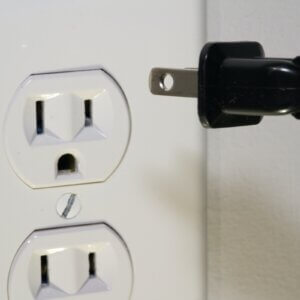

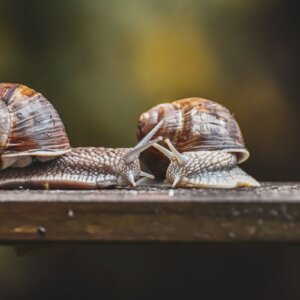



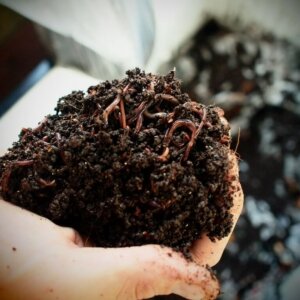



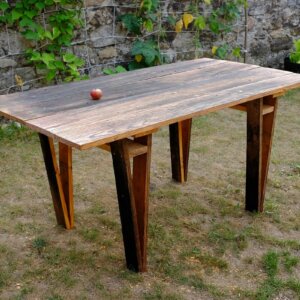





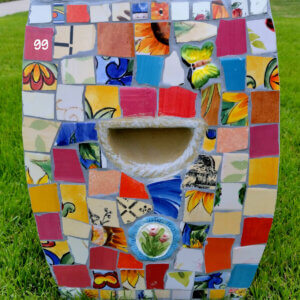
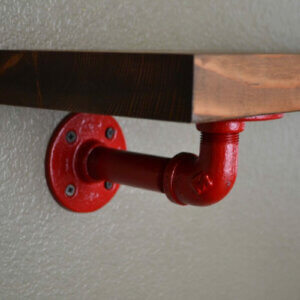
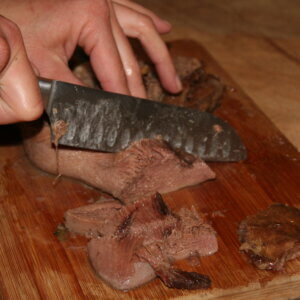

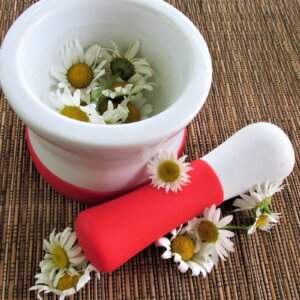


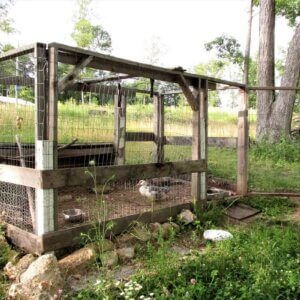


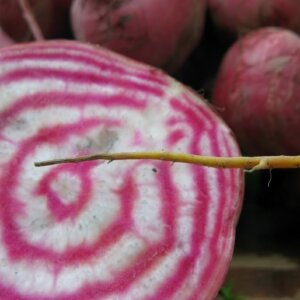

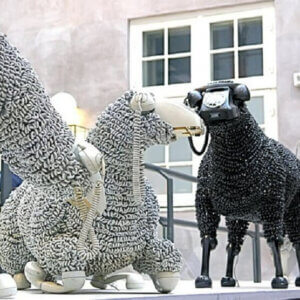




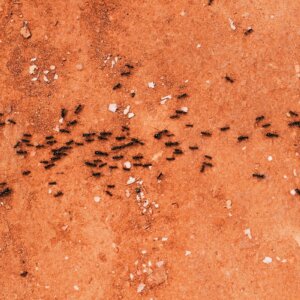
I’ve killed about 1,000 gophers and maybe 100 moles in the last three years using a trap called the Gopherhawk. It’s clean, very effective, reusable and not at all expensive ($22 each on Amazon). I do not have any affiliation with the manufacturers of this product so my recommendation is based on effectiveness of use and not personal gain.